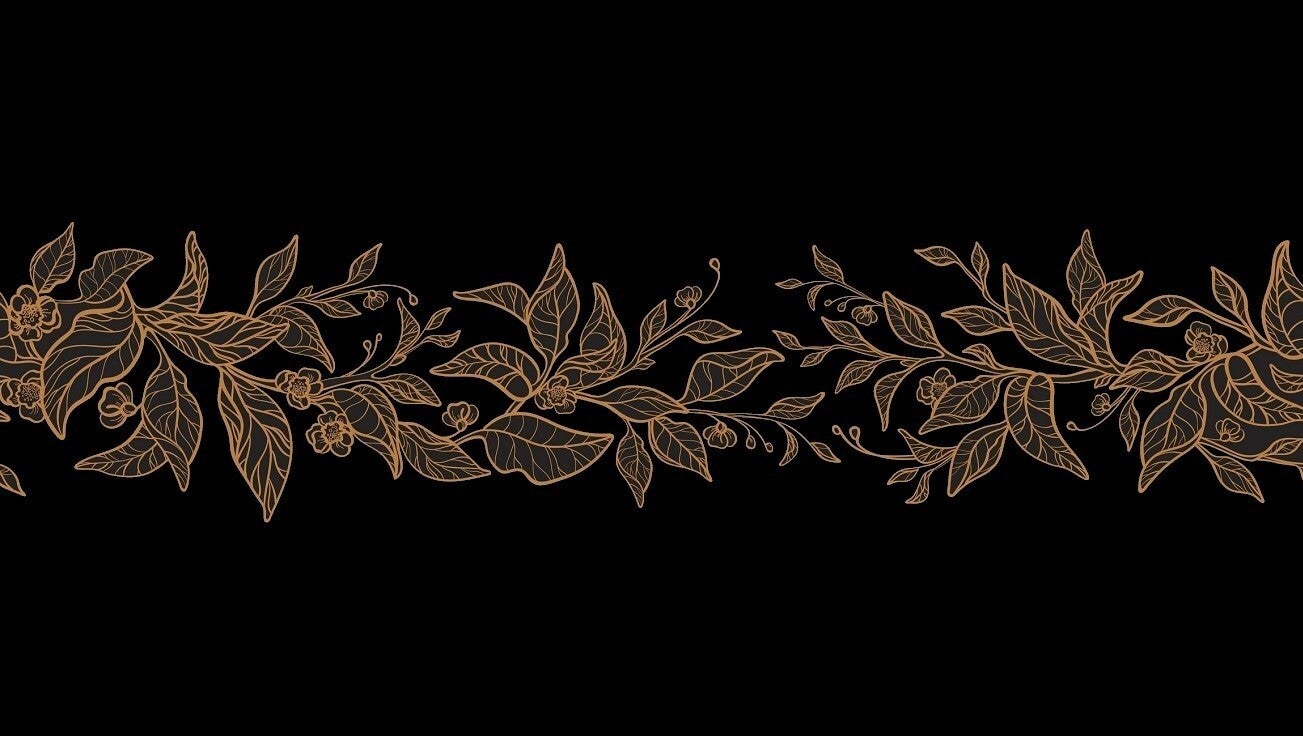
Infused Kitchen Oils
Antiviral herb-infused oils are made much the same way as antiviral honey infusions. You can use a no-heat or heated method. The heated method is often used when you need an infused oil quickly.
The No-Heat Method (for Dried Herbs)
Find a jar with a tight-fitting lid. A mason jar will do nicely. Fill your jar about half full with the herbs of your choice. Then, fill the jar to the top with oil. Ensure that all the herbs are coated with oil. Cap tightly. Label your jar and include the date. Then allow the herb to infuse (sit) in a warm but not hot place for 7 days. A sunny window or the top of the fridge will do.
Turn the jar over at least once each day. To make a more potent batch, allow it to sit for two to four weeks. You can taste it to check the flavor at any time. Also, top it off with more oil if you see the oil level recede as the herbs become more saturated.
When infusing is done, strain the oil into a clean jar. You can use a small strainer. If you find tiny bits of herb disturbing, you can strain it further using cheesecloth or layers of sterile gauze. However, it's okay to eat the bits of herbs. Herbs are often included for aesthetic purposes (they look very pretty in glass jars) and for flavor in recipes.
The Heated Method (for Fresh Leaves)
"Extra moisture introduced into the infusion from the fresh material increases the risk of culturing undesirable bacteria that can cause your honey to ferment (Mountain Rose Herbs.com)."
If you are using fresh leaves straight out of the garden, the heated method will work better to keep your infusion stable. I'm sending you over to Mountain Rose Herbs to learn about the heated method.
Bee Pollen Infused Oil FYI
Have you ever seen gold powder on a bee's knees? That's bee pollen. Bee pollen has been used for skincare since ancient times due to its anti-aging properties.
A natural oil containing Bee Pollen, a potent antiviral and anti-inflammatory, may help to speed the healing of mild burns and blisters, including herpes lesions.
Note: DO NOT use Bee Pollen if you are allergic to bees.

Infused Vinegar & Wine
Herb-infused vinegar and wines are made much the same way as infused kitchen oils and honey. Please note that vinegar and wine, being fermented, may be problematic for individuals with Irritable Bowel Syndrome and Histamine Intolerance.
Wine contains histamine (caused by yeasts and bacteria) and sulfites that cause allergy-like symptoms. Wands are available that remove histamine from wine. From what I understand, it takes a wand 8-10 minutes to fully absorb the histamine and sulfites when left in your glass.
Vinegar and wine can also trigger herpes outbreaks in some individuals. I've added them here because they should be suitable for occasional use.
How to Make a Vinegar or Wine Infusion
Prepare a sterile jar or bottle by filling it to the top with herbs. Slowly pour vinegar or wine over the herbs up to the top of the jar. Cover, and give it a few shakes. Then, set in a cool, dark place for at least one week and up to four to six weeks. Every day, give it another swirl or shake.
If the vinegar or wine levels decrease (as the herbs become saturated), you can replenish the jar with more vinegar or wine. When the infusion has reached the desired level of taste or maturity, strain the vinegar or wine and store it in a fresh, clean bottle with tightly capped lids.
Within 24 hours, you can use three to four tablespoons of herb-infused vinegar and up to five tablespoons of wine infusion. You can add herbal vinegar and wine to juices and iced teas, as well as use them in marinades, salad dressings, mayonnaise, or to flavor fish or roasted vegetables.
To learn how to make herbal wines from scratch, visit HerbalismRoots at https://herbalismroots.com/how-to-make-herbal-wine/.

